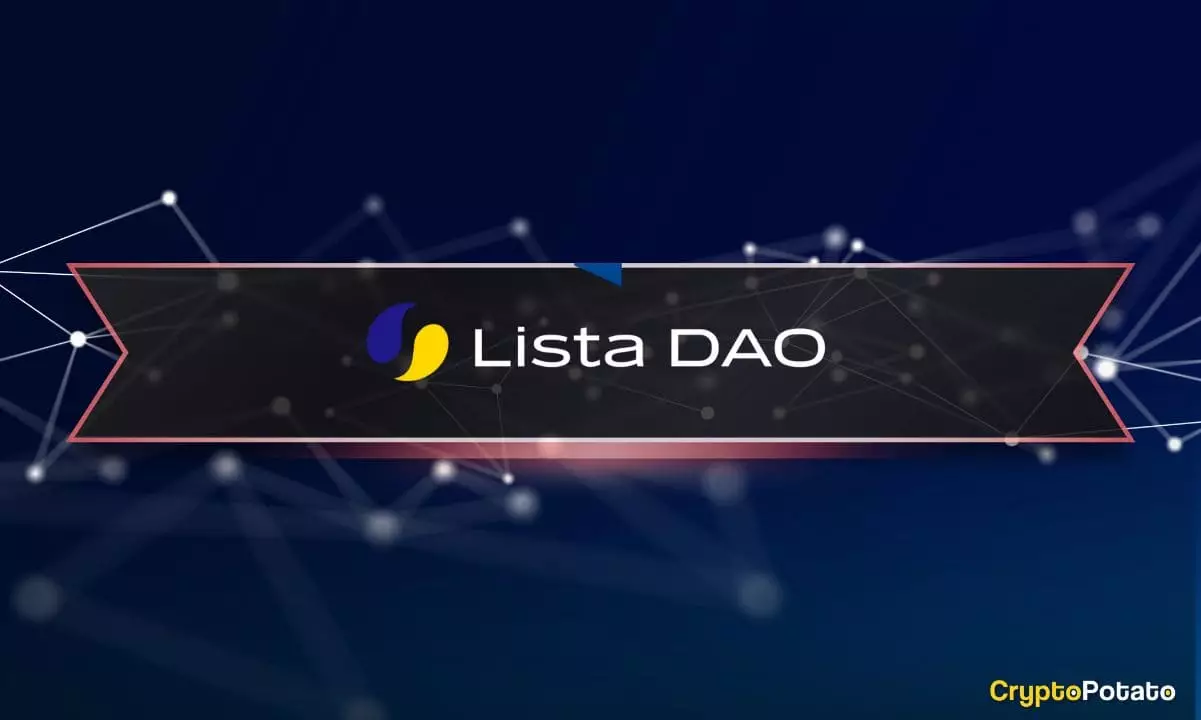Liquid staking and the concept of destablecoins have gained significant attention in the past year, showcasing rapid growth and innovation in the cryptocurrency space. One of the projects at the forefront of this movement is Lista DAO, which introduces an open-source liquidity protocol designed to earn yield on collateralized cryptocurrencies such as BNB, ETH, stablecoins, and other assets. Let’s explore the intricacies of Lista DAO and its innovative approach to decentralized finance.
The Concept of Destablecoins
Lista DAO brings forth a dual token model, featuring the destablecoin lisUSD and the native cryptocurrency LISTA. Destablecoins represent a new asset type that leverages decentralized crypto assets staked through liquid staking protocols as collateral. Unlike traditional stablecoins pegged to fiat currencies like the USD, destablecoins do not aim for absolute price stability. While they are not as volatile as some cryptocurrencies, destablecoins exhibit more variability compared to stablecoins. Additionally, destablecoins differentiate themselves by being fully decentralized in nature, utilizing decentralized assets as collateral.
Use Cases and Functionality
Lista DAO offers users a range of functionalities, including participation in protocol governance through LISTA tokens, rewards for borrowing lisUSD, yield farming, borrowing lisUSD, and collateralizing BNB. The protocol addresses the longstanding issue of overcollateralized stablecoins by providing users with a solution for leveraging their funds without facing a collateral debt position. By combining elements from the MakerDAO model, liquid staking, and increased liquidity from decentralized exchanges, Lista aims to mitigate issues such as frozen funds and enhance user experience within the ecosystem.
Within Lista DAO, lisUSD serves as the active destablecoin, while LISTA functions as the platform’s native cryptocurrency. LISTA plays a crucial role in facilitating secure payments and settlements between ecosystem participants without requiring intermediaries. It supports decentralized governance, allowing token holders to propose and vote on protocol upgrades, features, and parameters. With compatibility with BEP-20 and ERC-20 standards, LISTA aims to promote inclusivity and transparency within the platform. The total token supply is set at 1,000,000,000, with a structured distribution plan outlined for stakeholders.
Listings and Token Distribution
As part of the Binance Megadrop initiative, Lista will be the second project launched through the platform, providing early access to users before major exchange listings. 10% of the LISTA token supply is allocated for campaign participants, offering an exclusive opportunity to engage with emerging Web3 projects. The distribution schedule follows a set timetable, ensuring fair allocation to stakeholders who actively contribute to the ecosystem.
For users interested in engaging with Lista DAO through the Binance Megadrop platform, a step-by-step guide is available for seamless navigation. Participants must create a Binance account and access the Megadrop section to lock their BNB and earn scores. By completing Web3 quests and utilizing the Binance Web3 wallet, users can stake their BNB and receive quest bonuses based on their activity. The total score calculation includes a combination of locked BNB score, quest multiplier, and Web3 quest bonus, offering a comprehensive overview of user engagement metrics within the platform.
Lista DAO presents a compelling approach to liquid staking and destablecoins, emphasizing decentralization, security, and yield optimization. Through its innovative protocol design and dual token model, Lista aims to revolutionize decentralized finance and provide users with enhanced financial opportunities. As the cryptocurrency landscape continues to evolve, projects like Lista DAO pave the way for a more inclusive and efficient decentralized ecosystem.

